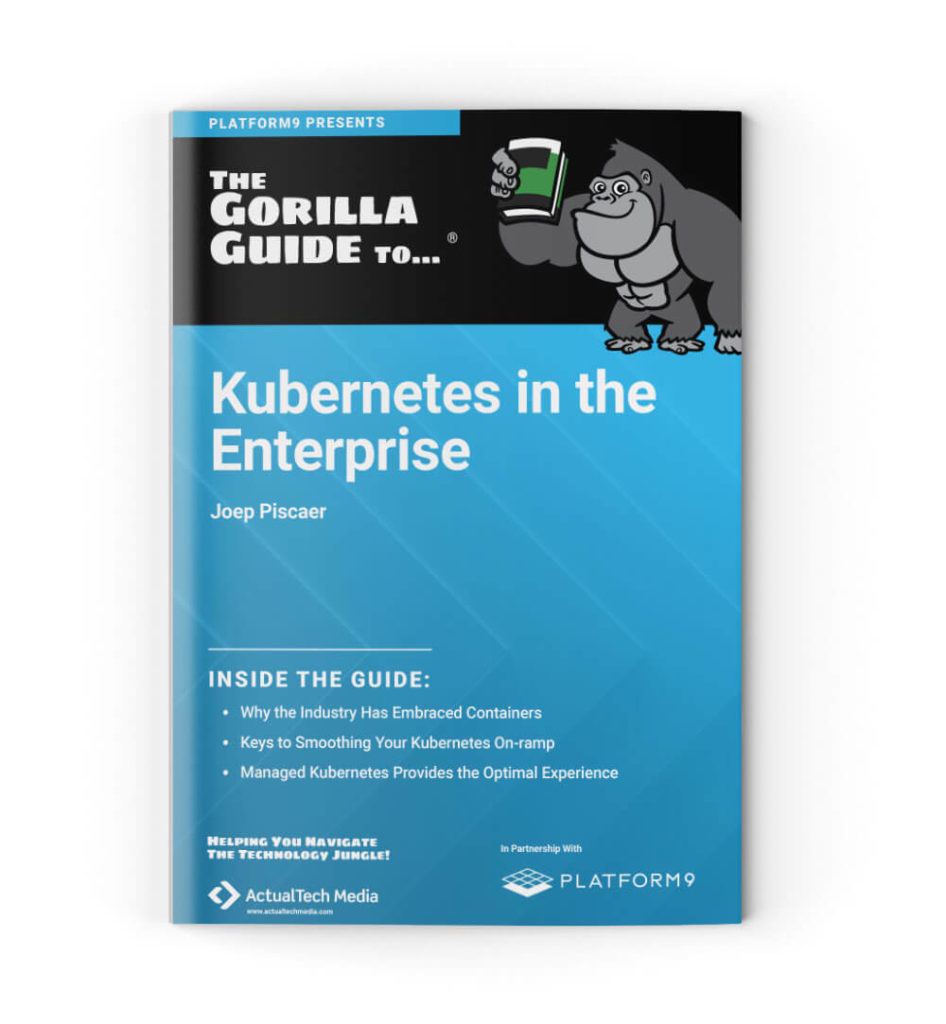In the modern technology world, the technical domain is inclining towards cloud computing as it solves various problems such as accessibility and scalability. Most of the time, people use the same resources for running multiple software or programs on various operating systems, which creates inconsistencies. But this issue eradicates with Google Kubernetes Engine or GKE as it includes containers that make programs independent of OS and speeds up the app development process using solutions created with the cloud ecosystem.
GKE is the simplest way for deploying, scaling, and managing apps through Google infrastructure. In this blog, you will understand Kubernetes in detail, GKE’s salient features, and the advantages you can get by implementing it.
The creation of Kubernetes was never a foregone conclusion, it required years of hard work and evangelism. Microsoft Corporate Vice President Brendan Burns is here to bring you that story.
In the final episode of our two-part series, Brendan returns to the Dev Interrupted podcast to tell us the founding story of Kubernetes. He discusses the battle to make Kubernetes open source, why a strong community was vital to early success and learning when to let others take the lead, avoiding a "dictator for life" approach to development.
Kubernetes is a distributed cluster technology that manages container-based systems in a declarative manner using an API. There are currently many learning resources to get started with the fundamentals of Kubernetes, but there is less information on how to manage Kubernetes infrastructure on an ongoing basis. This Refcard aims to deliver advanced-level quick, accessible information for operators using any Kubernetes product.
Introduction
Kubernetes, as we know, is currently the most popular container orchestration tool used to scale, deploy, and manage containerized applications. In its initial days, Kubernetes was mostly used to run web-based stateless services.
However if you ever wanted to run stateful services like a database, you either had to run them in virtual machines (VM) or as a cloud-service. But with the rise of the kubernetes based hybrid-cloud, many users want to deploy stateful workloads also on top of kubernetes based clusters.

Cloud-native applications are dominating the market with their improved performance and high efficiency. While there are more resources to support cloud-native applications running as microservices, managing complex cloud architecture is still a challenge. The more microservices you run, the more tasks you will have to deal with in order to keep the cloud environment healthy and running smoothly.
Automation becomes an obvious solution to the problem. Kubernetes, in particular, is now supported by new approaches like Infrastructure as Code and a wealth of automation tools. Still, the CI/CD cycle of today demands more robust and Agile architecture. This is where GitOps for Kubernetes comes in handy.
A guide to Kubernetes, containerization, and virtualization.
Kubernetes is a platform for orchestrating containers and services, launched by Google in 2014. The key feature is that it naturally handles containers for you, monitors their availability and uses currently available computing capacity.
The Principle of Containerization
Containers are favored by developers around the world, mainly by addressing the shortcomings of classic virtualization.
Kubernetes: More than Just Container Orchestration
As stated before (but is worth stating again), Kubernetes is an open source platform for deploying and managing containers. It provides a container runtime, container orchestration, container-centric infrastructure orchestration, self-healing mechanisms, service discovery and load balancing. It's used for the deployment, scaling, management, and composition of application containers across clusters of hosts.
But Kubernetes is more than just a container orchestrator. It could be thought of as the operating system for cloud-native applications in the sense that it's the platform that applications run on, just as desktop applications run on MacOS, Windows, or Linux.


